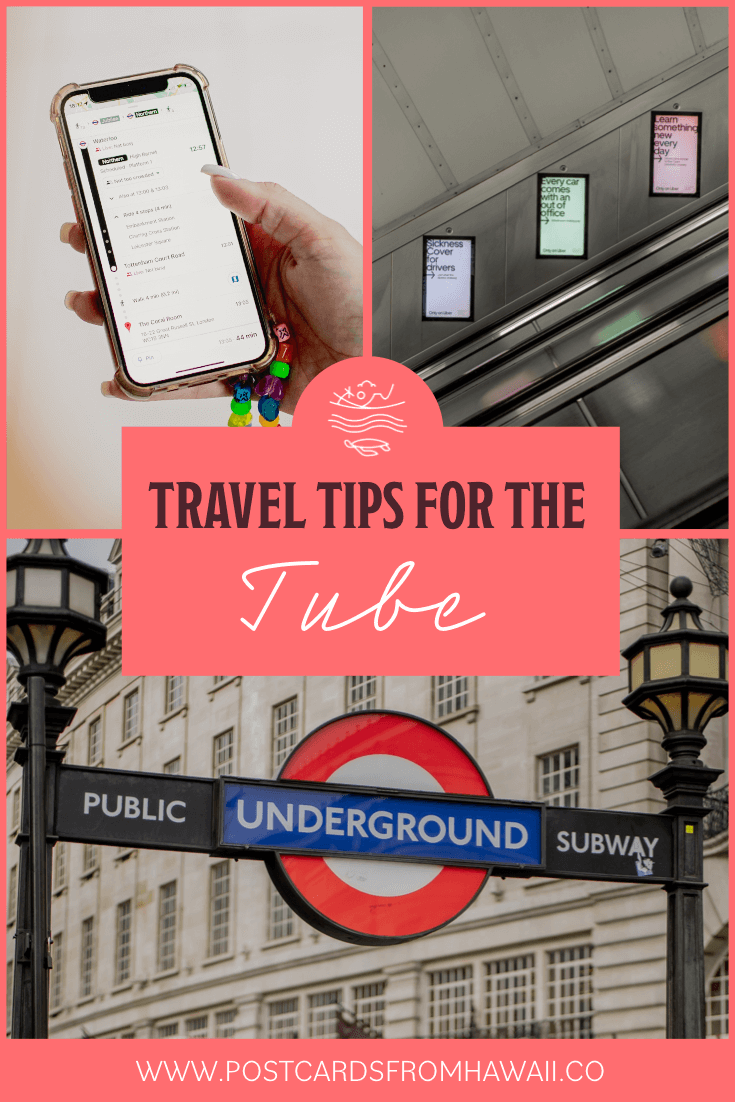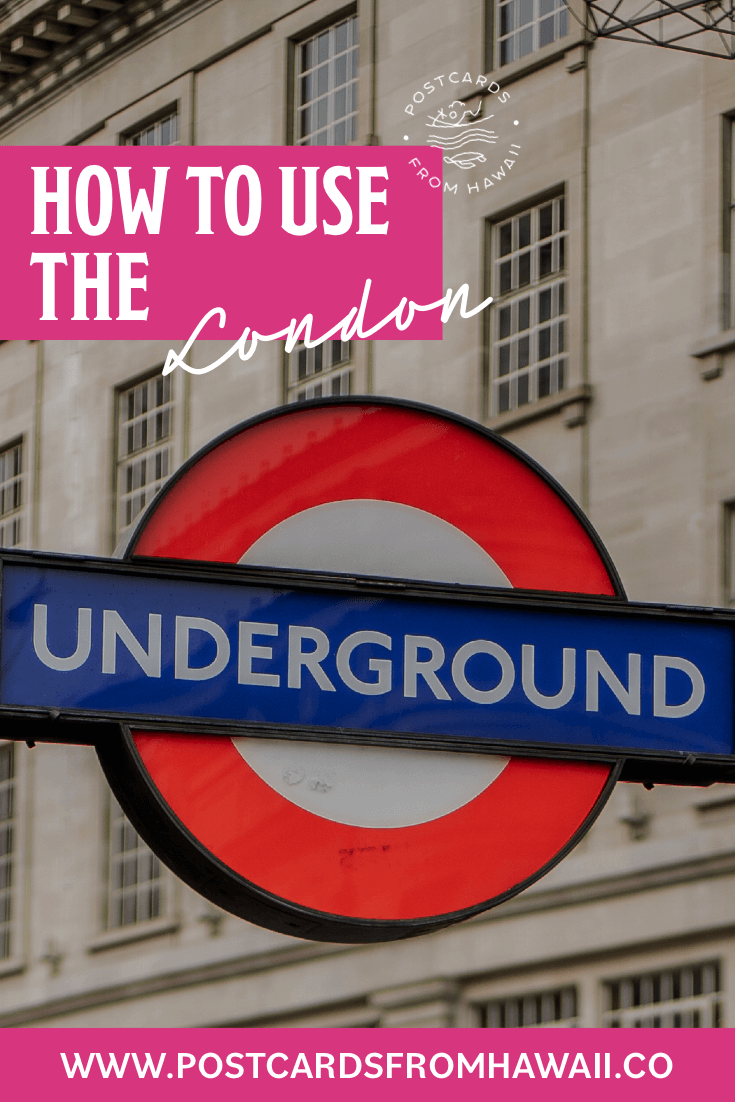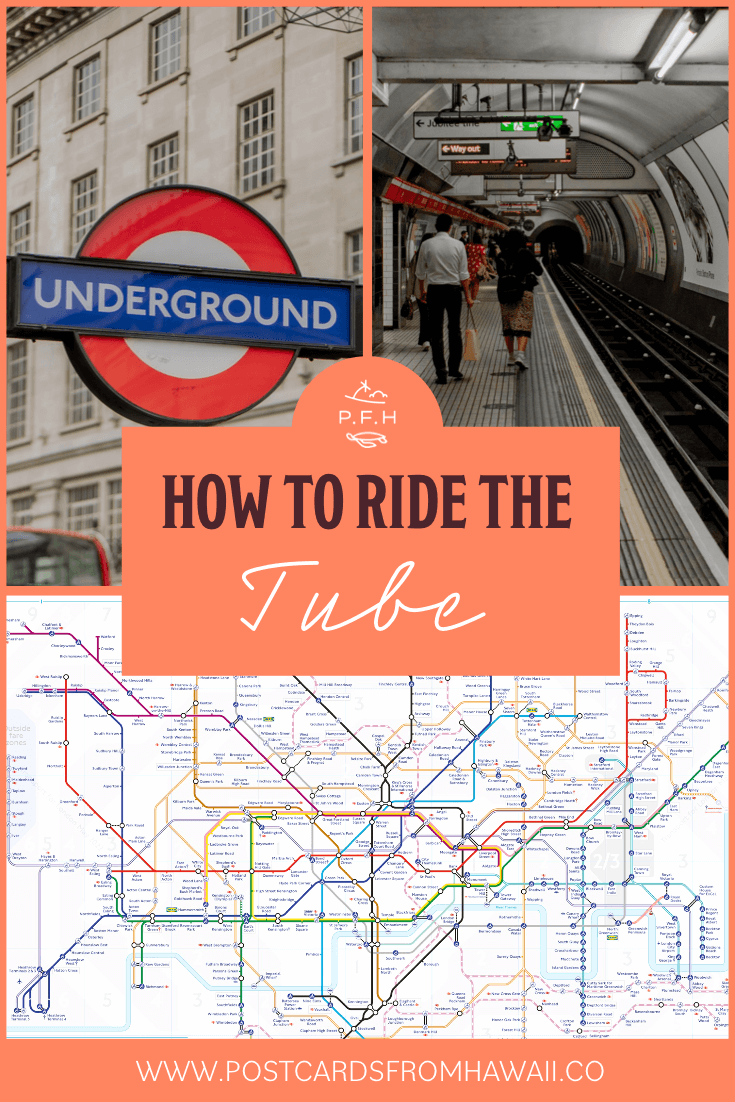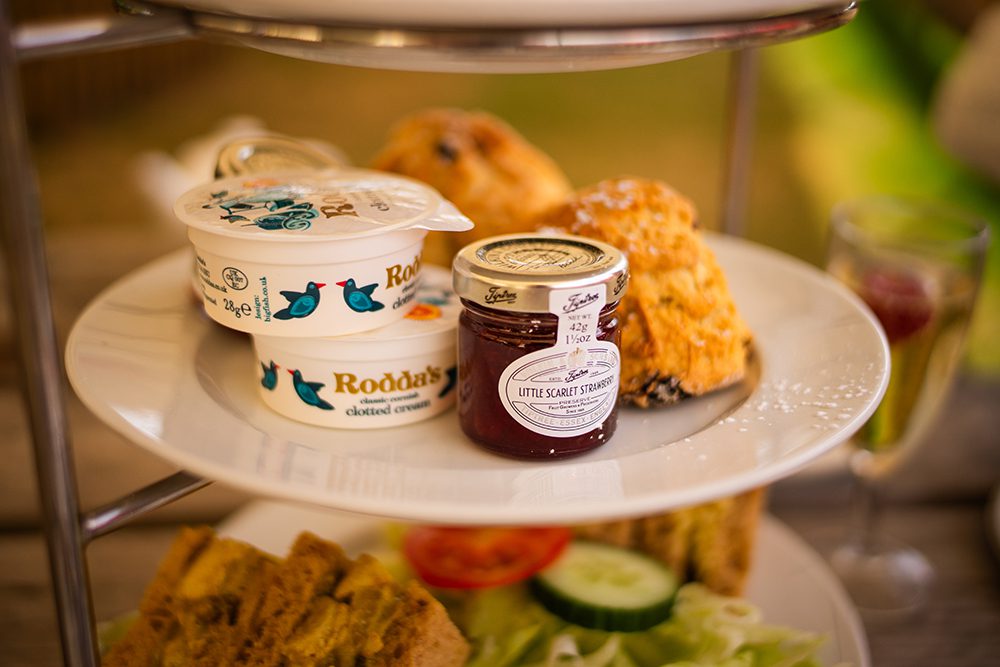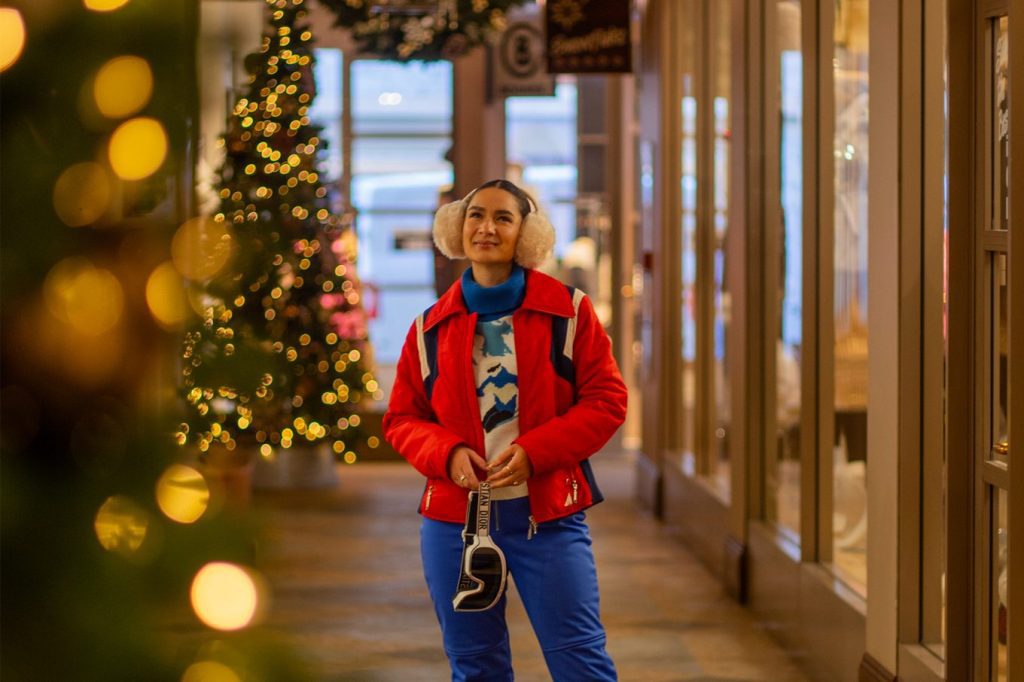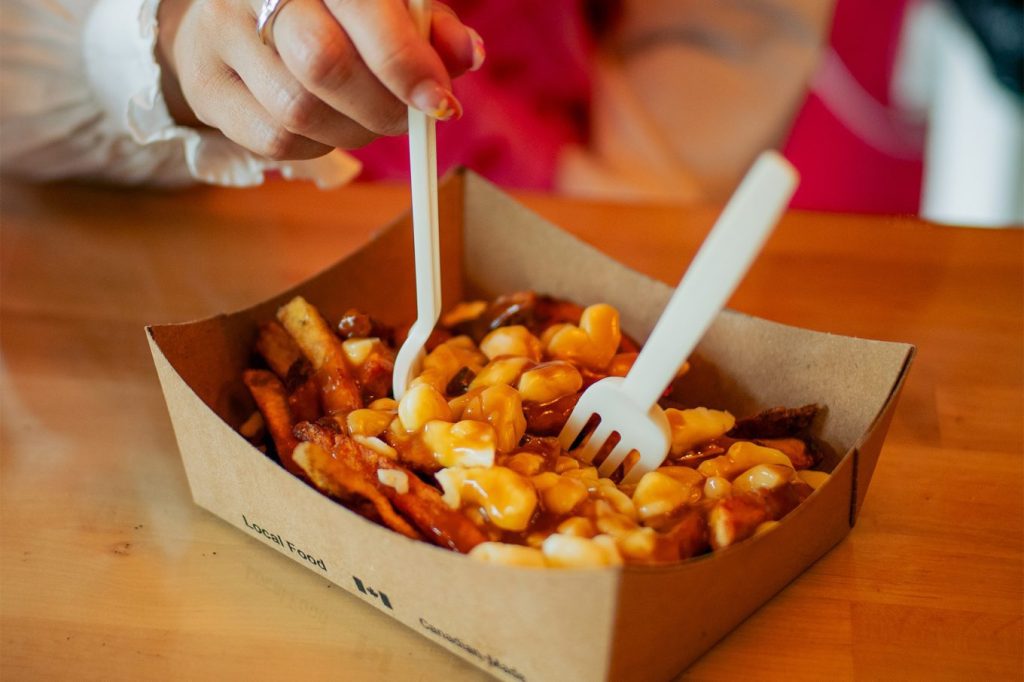To commemorate the most anticipated weekend of the century in Great Britain: Queen Elizabeth II’s Platinum Jubilee, I have created a blog post all about tips on how to use London’s favourite mode of public transport: The London Underground, aka the Tube.
In this guide to riding the Tube I’ll be sharing exactly how to use the London Underground, covering everything from planning your route to Tube-riding etiquette.
I’m sharing everything to know about taking the Tube including the only app you need to navigate the Tube, which Tube line is best for sightseeing in London, how to get free newspapers and magazines for the journey, the best times for travelling on the Tube and the ultimate dos and don’ts for riding the London Underground.
If you don’t already know, I am an extremely anxious person especially when I’m doing something on my own. For this reason it took me 20 years before I was brave enough to take the tube on my own. Yep, even throughout the 3 years Michael, my now fiancé, went to uni in London he had to travel with me everywhere including my summer internship for a London fashion show production company. I’m not proud of it but I’m sharing this in the chance that you’re nervous about using the Tube too. I eventually gained the confidence to use the Tube on my own out of necessity and now at 30 and living in Vancouver, I genuinely miss taking the Tube more than I ever thought I could.
London’s 160-year-old underground train network should never be taken for granted. Sure, it’s sticky in the summer, claustrophobic during rush hour and kinda pricey – ugh don’t even get me started on how the Piccadilly line screams like a banshee – but it’s fast, convenient and reliable (for the most part). Now with the addition of the brand new Elizabeth Line, the London Underground is the best way to get across and around London when walking isn’t an option.
The London Underground is a sanctuary from raindrops and for tired eyes. It gets you from A to Z whilst you zone out to the world around you. Listen to the current songs that are giving you life, bury your nose in a book, catch up on your new favourite show before your co-workers give you spoilers, people watch or take a quick kip (nap) – just make sure you set an alarm!
Let’s get into everything you need to know about how to use the London Underground!
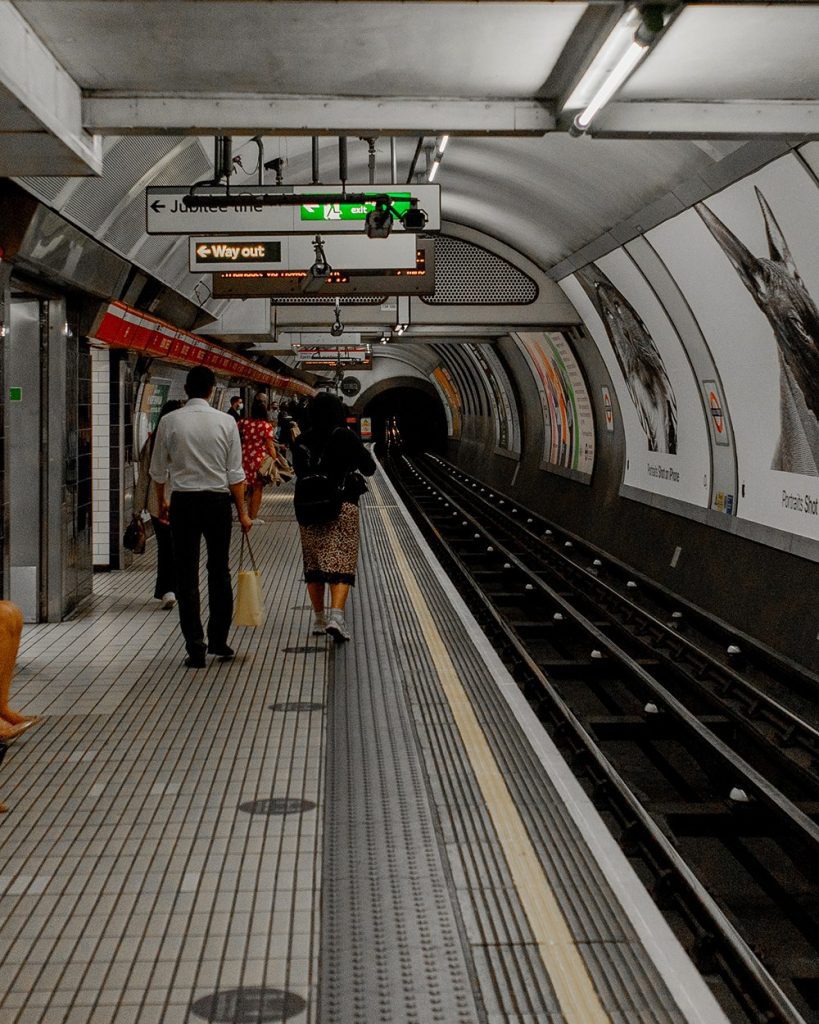
How to use the London Tube
The four most important things you need to know about travelling on the Tube and navigating your way around this 160-year-old train network are:
- The 12 Tube lines (listed a little further down) are named and colour coded. The colour coding and names will be used throughout all signage within the London Underground.
- The Tube network is divided into directions via the compass and trains will be presented as:
- Northbound
- Southbound
- Eastbound
- Westbound
If you don’t know which direction your destination is there will be signage telling you which way to go where the direction of the line splits. The platform will also have large signs telling you the direction of the train and the stations it will stop at. If you get in a true muddle there will be plenty of TFL staff around to help, there are staff at all London Underground stations.
3. You need to tap in and out with the exact same method of payment to avoid a fine.
4. Tube strikes will always be planned ahead of time and can be found both here and in the conversations of p*ssed off passengers.
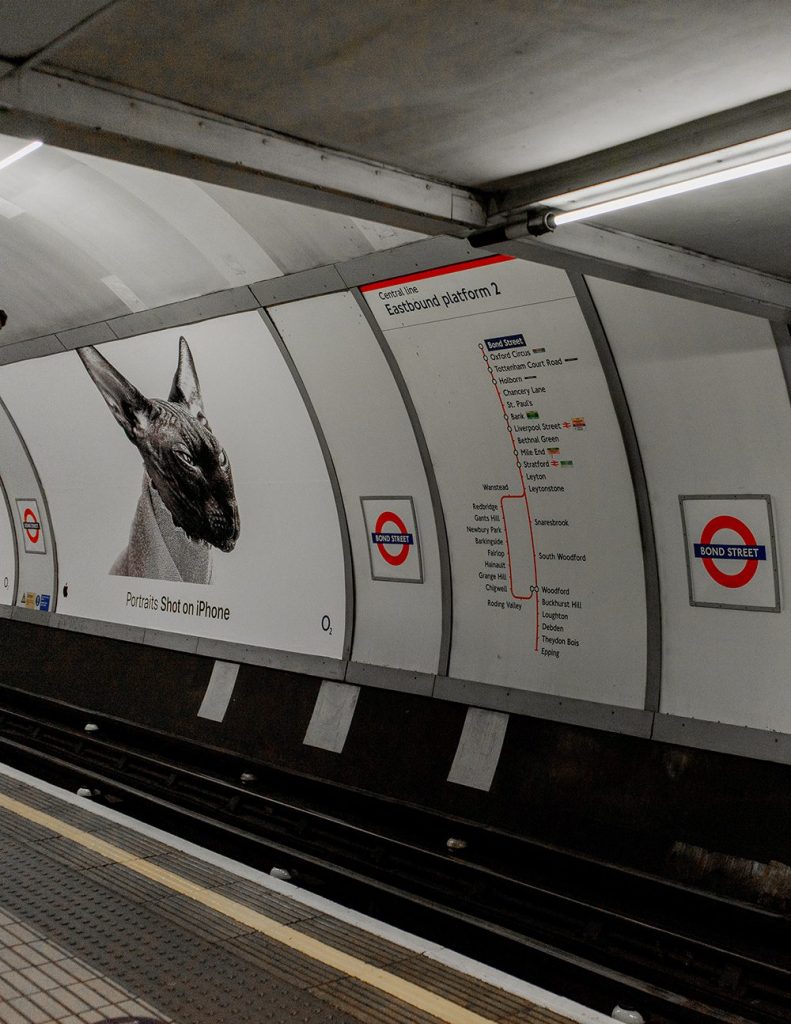
Common terms used on the London Underground (excluding crude Brit slang)
Tube
The Londoner’s nickname for the London Underground coined from the look of the tunnels the trains pass through.
Contactless
The best method of payment for public transport in London is via a contactless card, phone or watch which is the equivalent of “Touch & Go”. It’s what we call the method of payment where you just tap or hover the card over the payment pad.
Tap in, tap out
Tap in, tap out is the term for getting in and out of the stations at the barriers with your method of contactless payment.
Mind the gap
Some platforms are curved and leave a massive gap between the train and platform. Take care when getting on and off the train; mind the gap.
Central London
If you refer to the main business or commercial area of a city as downtown then know that we call “downtown” London Central London. Many Brits won’t know what you mean by downtown and could possibly direct you towards Canary Wharf which is the financial district in East London.
Baby on board
If you see a badge/pin button that looks like the London Underground logo but says Baby on board that person is pregnant and therefore gets automatic first dibs on seats.
If you are expecting and reside within Greater London and South East England you can apply for a Baby on board badge here.
How many lines does the London Underground Tube have?
As of 2022 there are 12 underground train lines in London:
- Bakerloo
- Central
- Circle
- District
- Hammersmith & City
- Jubilee
- Metropolitan
- Northern
- Piccadilly
- Victoria
- Waterloo & City
- Elizabeth Line
In addition to these there’s also the DLR (turquoise) that operates in East London, the Overground (orange) which circles central London, the London Trams that run across south Greater London and the Thameslink which operates on a different network but can connect you to north and south-east Greater London.
Find the TFL London Underground Tube Map below.
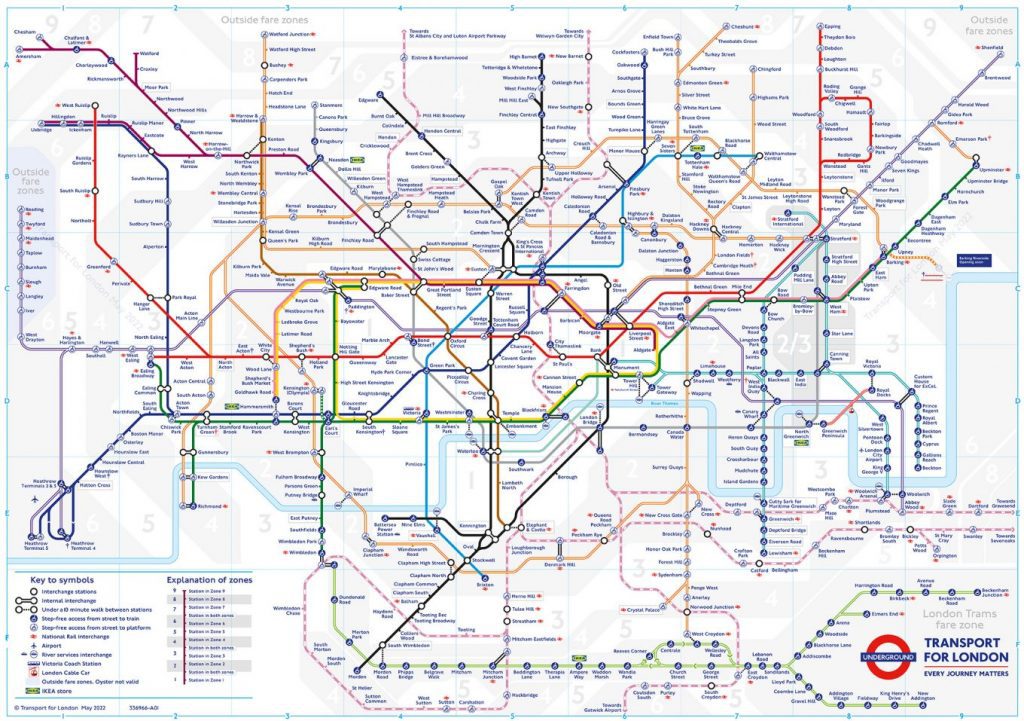
Take a look at this brief article by Londonist on the evolution of the design of the Tube map.
The only app you need to successfully navigate London’s public transport is:
Google Maps.
Sure, you can use Uber if you’ve got buckets of money and time to waste but Google Maps is where it’s at.
Simply search exactly where you want to go and select “directions” from either your current location or wherever you want then make sure you’re on the “recommended travel mode” for options on the best way to get there. Recommended travel mode will show you the fastest travel routes available in order of timing.
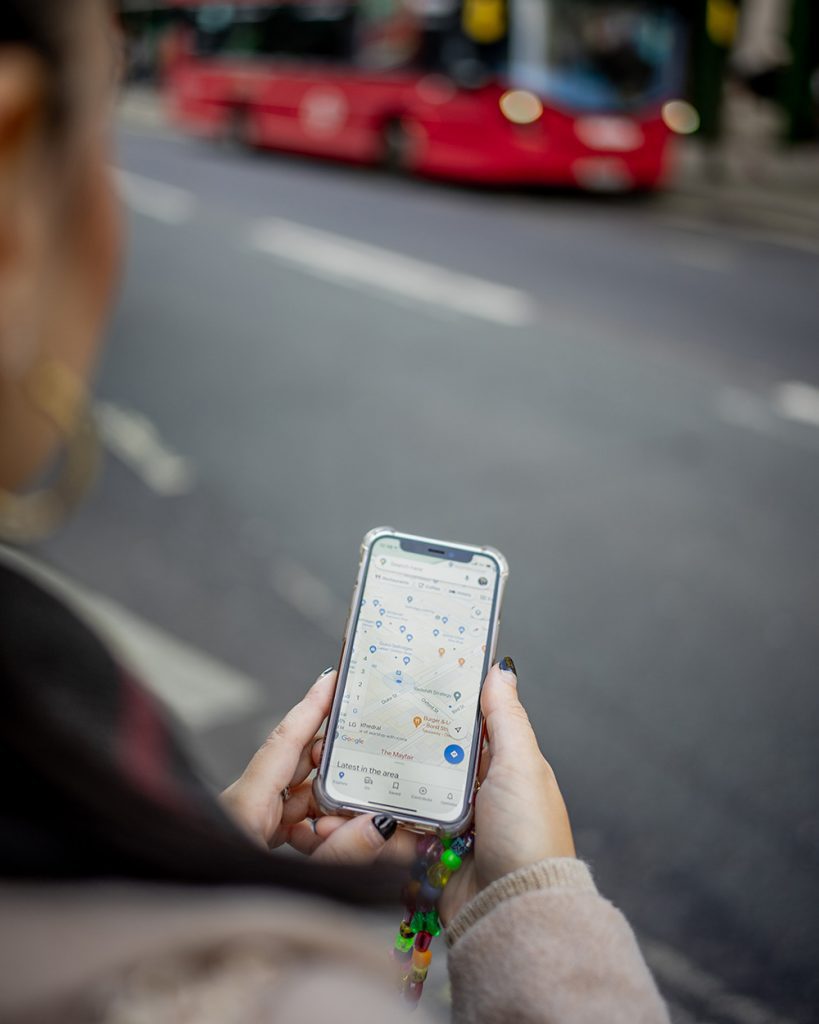
For the public transport routes select the “transit” tab and choose the fastest route you want to take. When you do, you will get a step-by-step guide including walking directions to and from the station or stop, which line or route, the time of the train or bus and where to connect if need be.
How to pay/get tickets for the London Underground Tube
London’s little pink, daily travel cards for visitors and the blue Oyster card for the Tube are basically redundant.
The best way to pay for travel on the Tube is to pay as you go with a contactless card (find the meaning for a contactless card at the start of this blog post if the term is unfamiliar). The introduction of contactless payment for the London Underground was the greatest thing to happen to the Tube since escalators were installed in stations from 1911.
The use of a contactless payment (via a bank card, smart watch or smart phone) has replaced the hideously painful ordeal of queuing to top up your Oyster card when you’re already running late. Instead, it saves you a ridiculous amount of time by taking it straight from the source, all you need is the funds within your bank account.
No more having to do the turn-around of shame at the barrier from “insufficient funds” on your Oyster card!
To pay for a journey on the Tube simply hover or tap your contactless method of payment over the yellow pad at the barriers within the station and enter when the door opens. You will need to tap with the exact same payment on the way out to avoid a fine.
You can find the pricing for Tube rides here as not only are they subject to change but they vary depending on the zones you’re travelling within.
Children under 11 can travel free and children aged 11-15 years old can receive a discounted rate via a specific travel card.
On the topic of zones. There are 9 zones on the Tube map and the cost of travel will be calculated from the zone you are travelling from and to. Most of London’s main attractions can be found within zones 1 and 2.
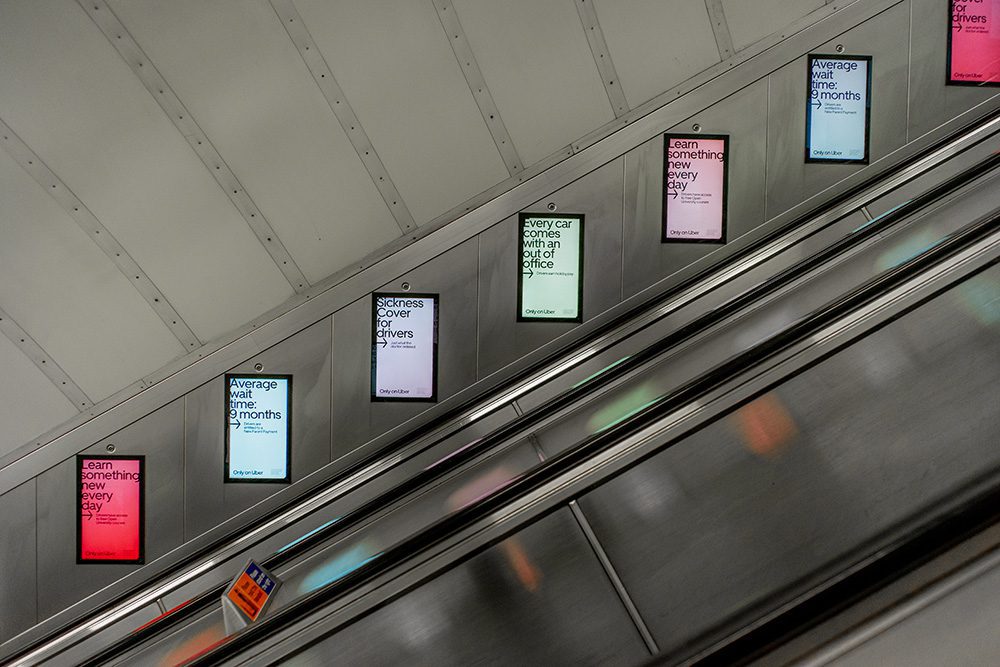
London Underground opening times
The London Underground usually runs from 5am to midnight.
The Victoria, Central and Jubilee lines operate a 24-hour Night Tube service on Fridays and Saturdays.
By the end of 2022 the Northern and Piccadilly lines will be added to the Night Tube service.
Times to avoid on the Tube
Rush hour on the Tube unfortunately lasts much longer than an hour as everyone races into the city for work. You can expect the morning rush to be worst from 7am – 9am with the busiest time being 8am. The worst of the evening rush on the Tube will last from around 4.30pm – 6.30pm.
It’s not the end of the world if you’re travelling during these times but it will be more uncomfortable plus you might not be able to board the first train that comes your way. They pretty much run one after the other though so you’ll be fine.
It is worth noting that it’s also cheaper to travel on the Tube during off-peak times.
Peak fares for the London Underground are Monday – Friday 6.30am – 9.30am and 4pm – 7pm.
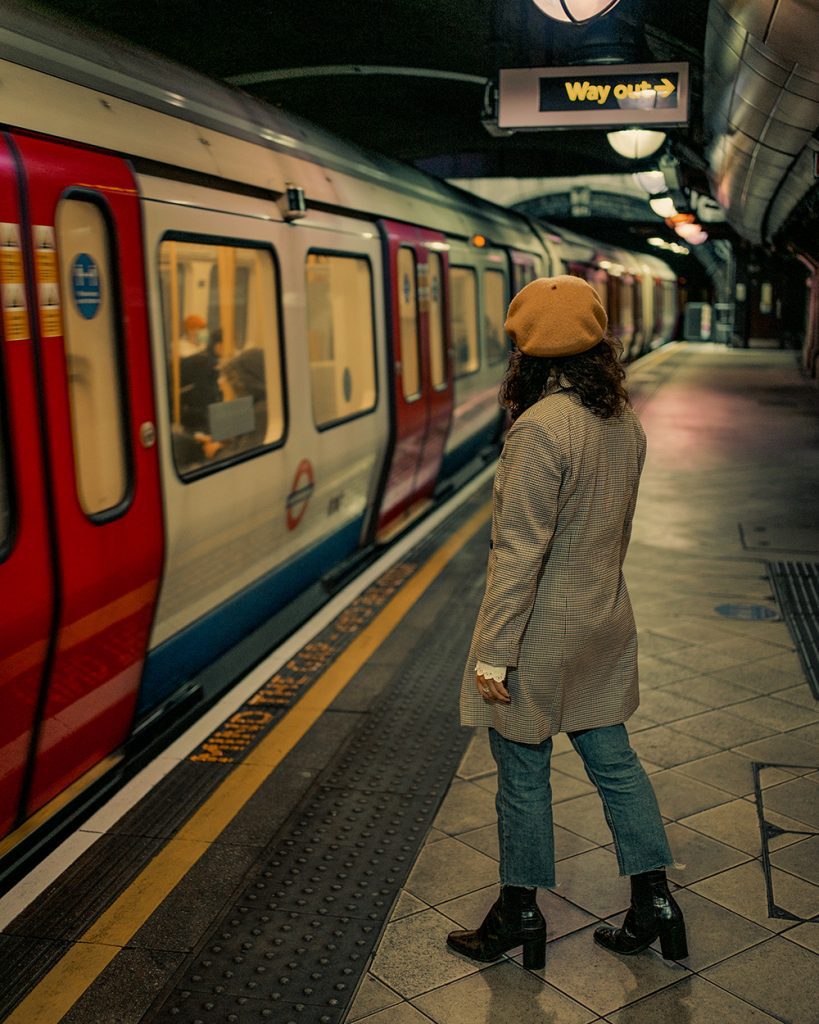
London Underground dos and don’ts
Here’s the low down on basic Tube etiquette:
Do
- Offer your seat to the elderly, disabled, children/parents, pregnant women and maybe people wearing heels. If you don’t, you’re a dick. Literally the worst person on the Tube is the person who doesn’t give up their seat for someone who’s pregnant. Scratch that, the worst person is an able bodied man who doesn’t offer their seat to a pregnant woman – you literally wouldn’t exist if it wasn’t for a pregnant woman lugging you around for 9 months so get up.
- If you see someone with a green lanyard covered in sunflowers, this person has a hidden disability. The hidden disability sunflower lanyard is a discreet way of informing you that the person wearing it may need extra assistance. The very first thing you should do is offer them a seat.
- Hold on. Especially if it’s a crowded train. The only thing more embarrassing than falling on the tube from loss of balance is getting cocky, running for the closing doors and getting stuck in them. You never know when the train is going to stop between stations so for the love of Her Majesty The Queen, HOLD ON!
- Stand on the right and walk on the left of escalators within the Tube stations.
- Gauge your surroundings before sitting down, search for the elderly, disabled, children/parents and pregnant women but do it before the next station so you can sit as fast as possible because the competition on a busy train is steep.
- Stand behind the yellow line on the platform to prevent an accident happening.
- Let everyone off the train who’s getting off before boarding. Stand to the side as the doors open.
- Move down the carriage if it’s busy, make room for others as they have done for you.
- Try to gently wake up someone still sleeping at the end of the line, provided you feel safe to do so, you don’t know the kind of day they’re having and maybe you’ll prevent it from being worse.
Don’t
- Don’t lean on the doors. As a safety precaution the train won’t operate if it detects weight on the doors. If it’s moving it will automatically come to a halt and throw everyone off balance. Be wary of tourists who don’t have their sea legs, they’re a hazard your toes need to be prepared for.
- Don’t stand on the left of escalators within Tube stations – actually anywhere in London for that matter – unless you want to get pushed or receive unpleasant comments.
- Don’t sit on the seats closest to the doors unless you are positive no one needs it more than you.
- Don’t push through to get off before the doors are open, chances are the crowd will shift as others get off too. If no one moves though a loud “excuse me” will do the trick to part the crowd. I’m actually 100% that ‘excuse me” is the only phrase that will get you off a tube successfully without drama.
- Don’t wear your bag, if it’s large put it on the floor between your legs. It’s the only way to create more room for others.
- Don’t make comments about how cramped, packed or busy it is. WE ALL KNOW and don’t need the running commentary, okay.
- Don’t press the buttons to open the doors, they don’t do anything. Tube doors open automatically.
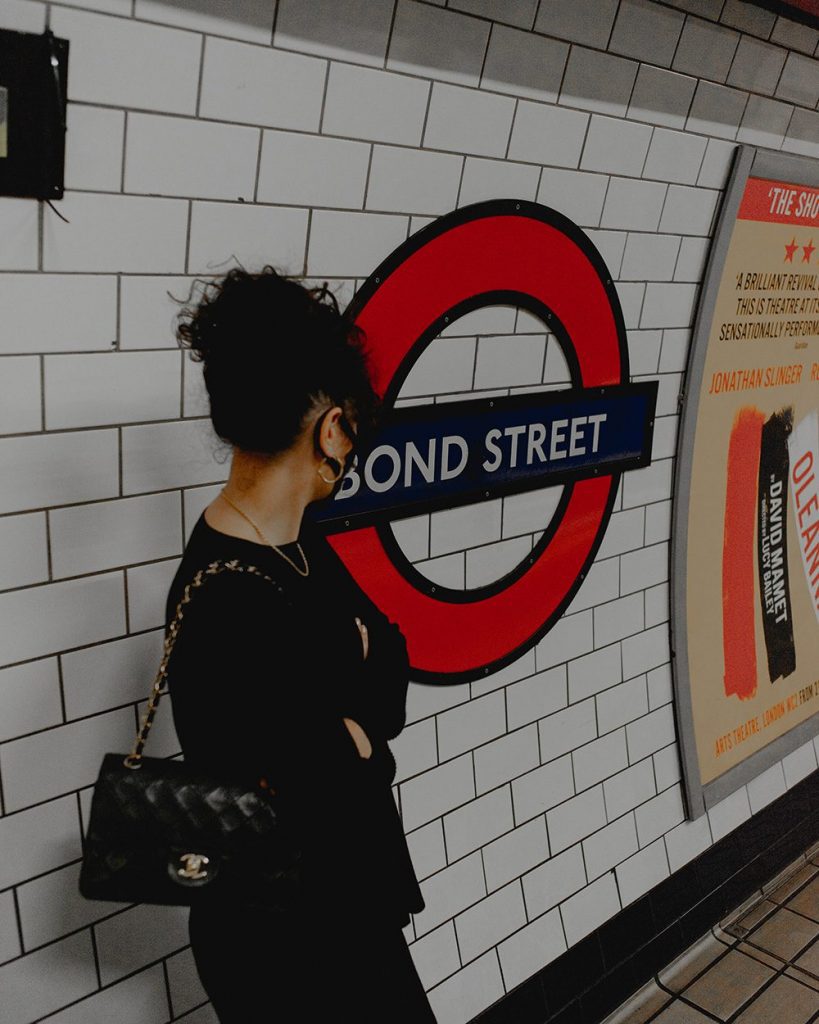
The four main types of travellers on the Tube
1. The Commuter
The Commuter can be found operating on a zombie-like mode because they could do the same boring-ass route with their eyes closed. NEVER get in their way. They’re tired, resentful of the career path that got them stuck on the tube in rush hour and they’ll sell their first born for a seat.
2. The Rusher
The Rusher is never on time. They can be found cussing every unanticipated stop, frequently sighing at the time on their phone, elbowing everyone and anyone to get out of the carriage first and sweating profusely as they run up all three escalators.
3. The Lucky Bitch
The Lucky Bitch has no 9-5, they’ve got all the time in the world, they’re probably off to do something fun. Their carefree playlist is being played obnoxiously loud but you forgive them because they’re the first to offer up their seat. They’re just happy to be there.
4. The Tourist
The Tourist can be found staring in bewilderment at the Tube map above, they’ll put your Tube Line knowledge to the test when they inevitably get lost and they always think they don’t need to hold on for balance. They are loud and oblivious but their excitement for being in London is infectious.
If you see anyone get on with kids or luggage – run for the hills. No passenger deserves that level of drama. I once had a kid wriggle out of their buggy (stroller), climb on top of me and kick the person next to me.
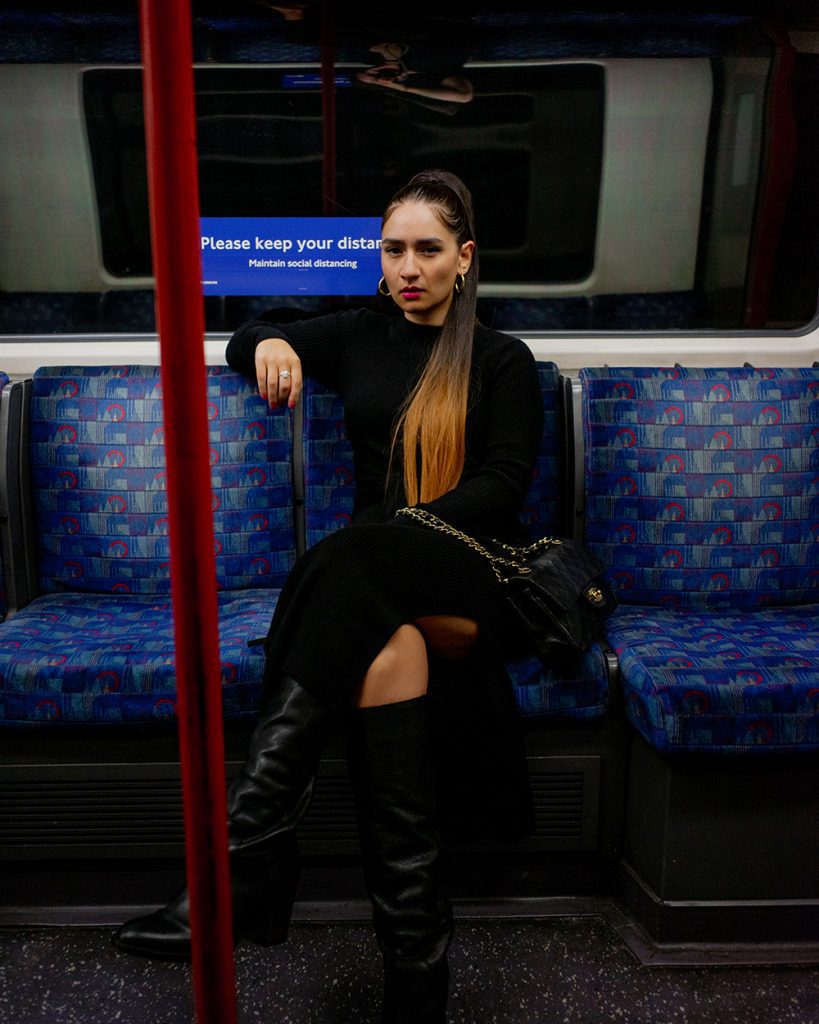
Using your phone on the Tube
Parts of the London Underground was built in 1863 and runs as deep as 58.5m down. For this reason (as true during the published date of this blog post) there is no network/cell coverage within most of the underground stations or on the train, so you won’t be able to make any phone calls or send SMS texts.
However, by 2024 London will have 4G mobile coverage across the entire London Underground network so you can stream your latest series obsession on your commute or literally any Spotify playlist to drown out everyone and everything and you can message your friends to tell them you’re running late, again.
As of the date this was published (June 2022) the Jubilee line, who served as the test pilot, is the only Tube line that has 4G mobile coverage and it runs between Westminster and Canning Town.
Aside from that, the Central line has the opportunity to connect to WiFi at their stations depending on your network provider.
PFH top tips for riding the Tube
- Bring a book or headphones to help pass the time.
- If you’re standing keep a slight bend in your knees for stability and always hold onto a pole.
- Put your bag between your legs if you’re standing or on your lap if you’re sitting.
- Pay with a contactless card.
- Add another 10-15mins extra time onto your journey to account for delays. Though they’re fast and regular there’s always delays on the tube.
I also want to make a point that central London is super easy to walk around and you might be surprised to find out how close major London Landmarks and points of interest are. Before making the decision to hop on the tube, just check on Google Maps if it’s quicker to walk.

The best Tube line for sightseeing in London
Okay, let’s wrap up this giant how to use the London Tube guide with a quick bit on which Tube line is best for sightseeing.
Now, obviously most of the Tube runs underground, particularly through central where all the most popular London landmarks are. So unlike some of the red bus routes that are basically really cheap tour buses you won’t be able to see anything from the train.
However, the Tube line best known for hitting up the most tourist hot spots is the Piccadilly line which makes stops at the following London points of interest:
- British Museum
- Covent Garden
- Leicester Square
- Piccadilly Circus
- Buckingham Palace
- Hyde Park
- Harrods
- V&A Museum
- Science Museum
- Kensington Palace
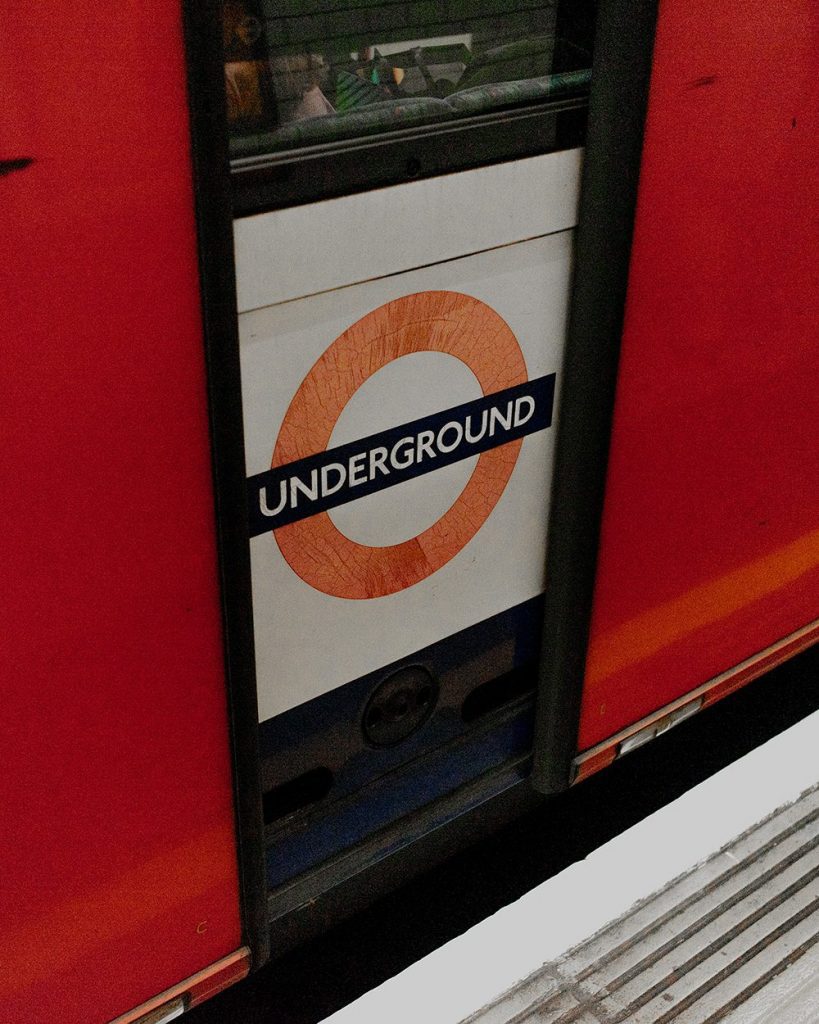
Free newspapers and magazines available on the Tube
One of my favourite things about London is the wealth of free resources. Whether it’s free entry to some of our most beautiful museums or a free daily newspaper on the tube, we are proud of our culture and want to share it (even if it’s mostly stolen – oh yeah she went there). There are a total of six regular free publications that go out on the tube and each of them are full of information on what’s happening in London.
The two free newspapers that are given out daily in Tube stations are:
The Metro
The Metro is a free tabloid that goes out in the mornings. It includes everything from the top news and sports headlines to b*tchy showbiz commentary on celebrity sightings in London as well as local goings-on.
The Evening Standard
The Evening Standard is the Metro’s great grandparent, offering commuters alike news with slightly more substance. The editorial style publication covers politics, property, finance as well as city updates.
PFH Fun Fact: the Evening Standard is almost 200 years old (etsd. 1827) and was made made free to the public in 2009.
Basically, the Metro gives you a laugh on your morning travels whilst the ED makes people think you’re a smarty-pants.
The four free magazines handed out at Tube stations from Tuesday – Friday are:
Tuesday: Time Out
Time Out is an international publication for local events. Given out within zone 1 and 2 stations, it covers everything entertainment related within the city. Expect listings, reviews, recommendations and new releases.
Wednesday: Stylist
Stylist covers fashion, beauty, travel and lifestyle and targets a feminine audience. It was created to counteract the Shortlist’s archaic “masculine” content.
Thursday: Shortlist
Shortlist talks all things gadgets, health, tech and sport. It predominantly targets a “masculine” audience.
Friday: Sport
Self explanatory.
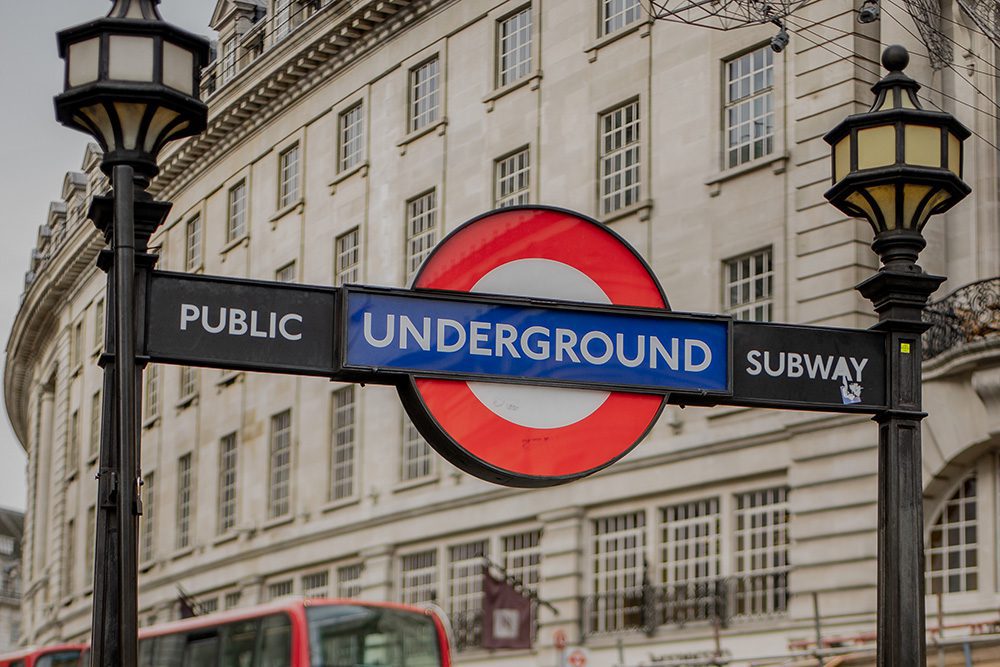
If I missed anything in this guide on how to use the London Underground please let me know in the comments below and the same goes if you have any additional tips.
Do more on & for the planet, Gabriella
Pin this post
